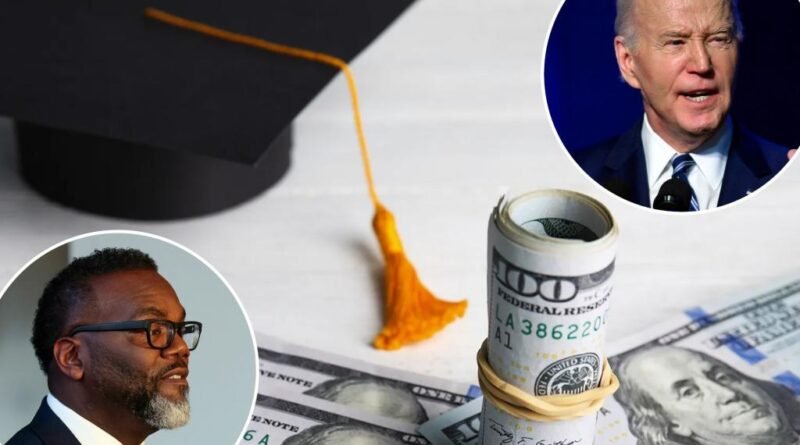Solving the student debt crisis will require more than just Biden’s forgiveness plan

President Biden has made promises to address the issues in the student loan system and is now rushing to forgive as much debt as possible before the November election.
The White House has recently announced the cancellation of another $7.4 billion in student loans for over 277,000 borrowers. This brings the total amount of federal student loans forgiven to nearly $153 billion for almost 4.3 million Americans.
This latest move aims to cancel the debt for individuals whose loan balances have surpassed their initial borrowing amounts.
However, these actions do not address the root causes of the problem, such as rising college costs and an education system that fails to adequately prepare students for higher education.
Currently, around 43 million Americans owe nearly $1.6 trillion in federal student loan debt, with college costs having increased 1,200% since 1980, significantly higher than the rise in the cost of living and goods.
According to the Congressional Budget Office, student loan debt has increased by roughly 750% from 1995 to 2022.
Studies indicate that student loan debt and local property taxes are major factors contributing to the decline of the US middle class, impacting individuals’ ability to save, purchase homes, and invest in their future generations.
The government continues to issue loans to help individuals afford college, leading colleges to raise their prices and forcing students to take out more loans, creating a cycle of debt.
Additionally, a failing K-12 education system contributes to the challenges students face in pursuing higher education, with low-income and minority students being disproportionately affected.
Among Black students, the six-year college graduation rate is only 40%, compared to 64% for white students and 54% for Hispanic students.
Furthermore, Black students often graduate with more debt than their white, Hispanic, and Asian counterparts, impacting their financial stability post-graduation.
It is evident that elementary and secondary schools are not adequately preparing students for college, and the issue is further exacerbated by the resistance to school choice measures by national teachers’ unions.
Paul Vallas, a policy adviser to the Illinois Policy Institute, emphasizes the importance of adequately preparing students for higher education and implementing school choice to empower families in selecting the best educational options for their children.



